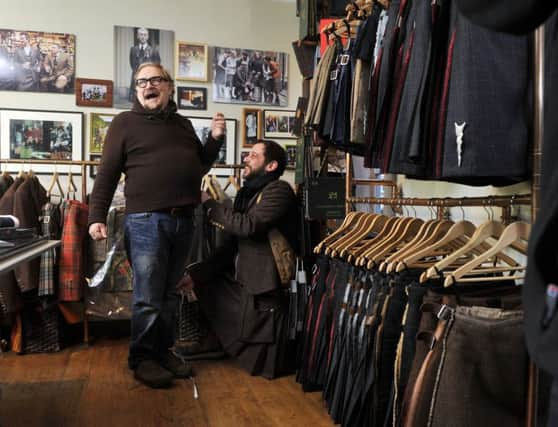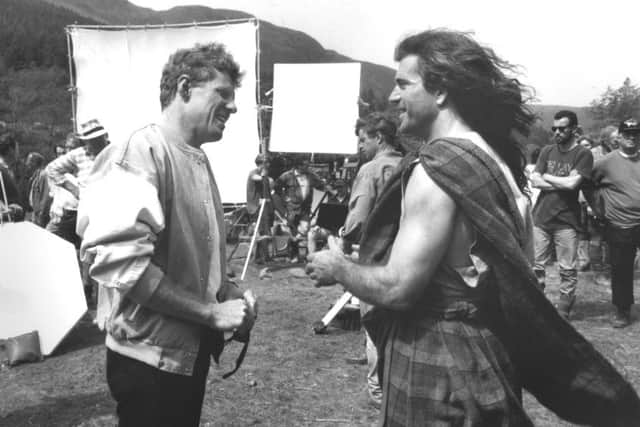Scotland's wardrobe: A brief guide to the kilt
This article contains affiliate links. We may earn a small commission on items purchased through this article, but that does not affect our editorial judgement.


Where does it come from?
There is much debate and uncertainty over where the kilt actually originates, with several accounts tracing its origins to Ireland. Thomas Rawlinson, a Quaker from Lancashire, is credited with having invented the kilt as we now know it in 1720. The oldest known Scottish tartan, the Falkirk sett, dates back to the third century. Ancient Scots wore a three-piece ensemble: a léine, or tunic-shirt; a brat, a semi-circular cloak; and tight-fitting hotpants called trews. By the 17th century, this outfit evolved into the fhéilidh-Mor, or belted plaid. Scots would place a belt on the ground and the plaid blanket on top of it. You’d lay down on it, belt the blanket into place, and stand up a kilted Scotsman. Rawlinson is said to have redesigned this outfit to make it more practical for Highlanders to wear while working.
Who designed it?


Though Rawlinson is credited by a number of accounts as having designed the modern kilt, tracing its origins to a single designer prior to that period is far more difficult. Some researchers contend that the modern kilt can be seen in illustrations long before the 1720s.
Advertisement
Hide AdAdvertisement
Hide AdThese days, most kilts retain a traditional look, but Scots fashion designerSiobhan Mackenzie is a notable exception, fusing ancient tailoring with a contemporary twist.
Who wore it?


Kilts are a popular garment for men and women all over the world, but it’s most often seen at formal events. Scots Ewan McGregor, Gerard Butler and Alan Cumming have form for wearing them on red carpet excursions, and American actors such as Ashton Kutcher, Vin Diesel and Samuel L Jackson have done the same.
On the big screen, the kilt made its most famous cameo in the Mel Gibson blockbuster, Braveheart. Various different colours and styles were featured in a dramatic and loose-with-the-facts retelling of the story of William Wallace (and whether the man himself would’ve ever worn one is in doubt). The garment was also worn by Forest Whitaker when he portrayed Ugandan dictator Idi Amin in the Last King of Scotland. Tailored into miniskirts for women, a variation of the iconic item can be seen on female actresses, perhaps most memorably on Cher Horowitz (Alicia Silverstone) in 1995 teen comedy Clueless.
Is it still fashionable?
Kilts have been surprisingly durable over the years, and they make a worthwhile investment. Traditional kilts worn for special occasions such as weddings don’t come cheap and are unlikely to ever be sold on the high street, but you can get a light wool or polyester kilt for a reasonable price. Cheaper, fashionable variations do exist. Women’s tartan skirts often make an appearance in fashion houses, differing in shades and styles. And for the 21st century man, traditional tartan patterns have made their way onto suit linings and shirts in Topman and other high street retailers.
• READ MORE: If it’s cheap and nasty it’s not a kilt
